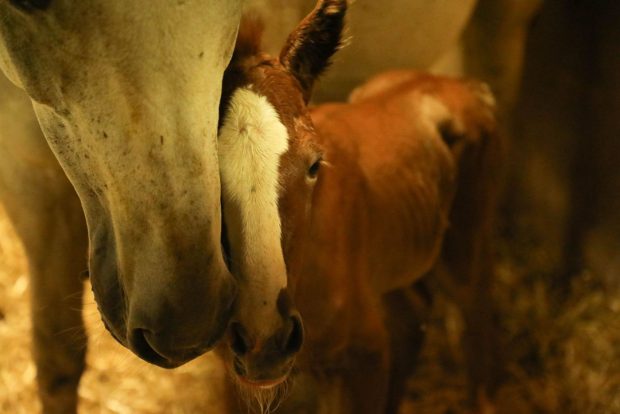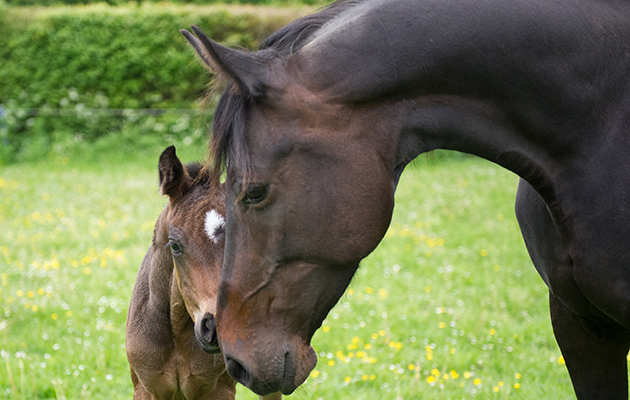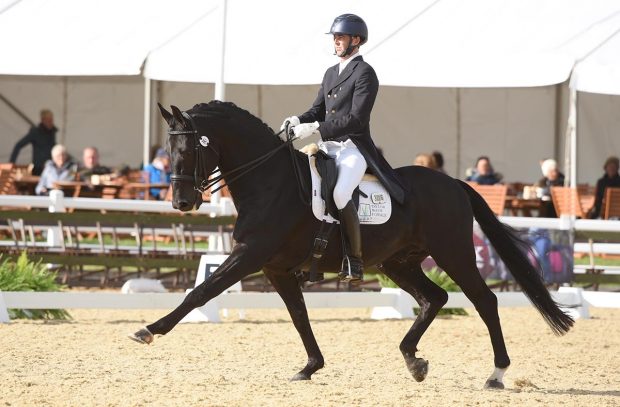Which parent is more important when it comes to breeding better-behaved horses?
It’s a matter of hot debate in breeding circles, but currently science is still looking for the answer.
While both sire and dam contribute equally to the genetic make-up of the foal, mares contribute during pregnancy and the suckling period in a way that stallions don’t.
Nutrition of the developing foetus, as well as exposure to stresses during gestation, can substantially impact the physical and psychological make-up of a foal.
The relationship of the newborn with the dam and her subsequent behaviour has a major influence on the youngster’s temperament.
For this reason, even though the genetic contribution is the same, some progeny tests that include a score for temperament attach a value for the dam’s temperament which is twice that of the stallion.
Our interaction with the mare and foal is also critical. Research has shown that gentle handling of a mare has a positive impact on the reaction of her foal to humans. It strongly influences how this relationship with us develops throughout the foal’s life.
This effect is apparent even when the foal is only a few days old and can be a factor in the behaviour of older foals. Foals appear to be very tolerant to humans and novel objects up until around three weeks of age, after which they become increasingly wary.
This is crucially important, as if a young foal has a good early experience, his temperament will be shaped in a positive way that persists later in life.
To read the full veterinary article about temperament and whether it is inherited, see 14 February 2013 issue of H&H



